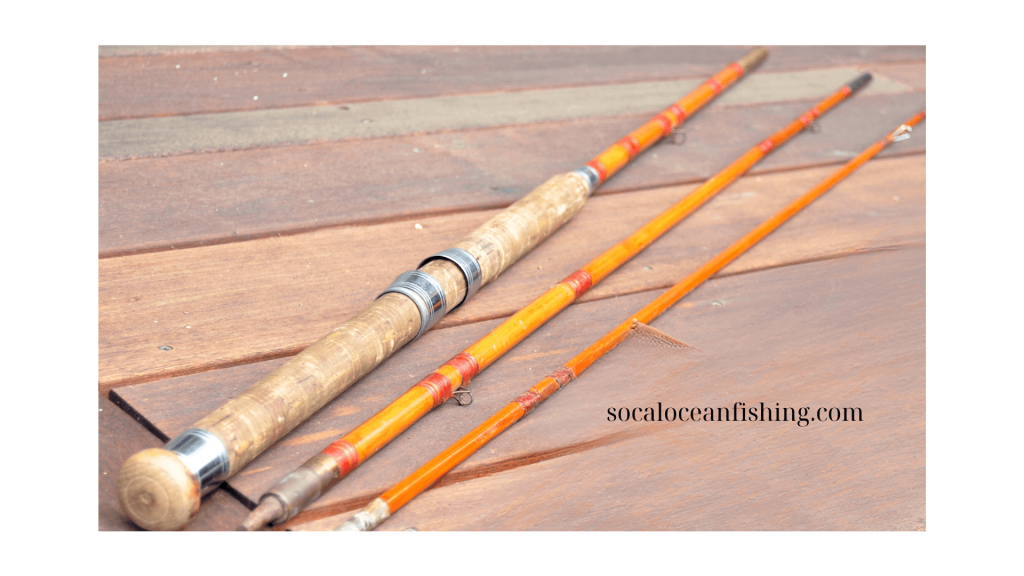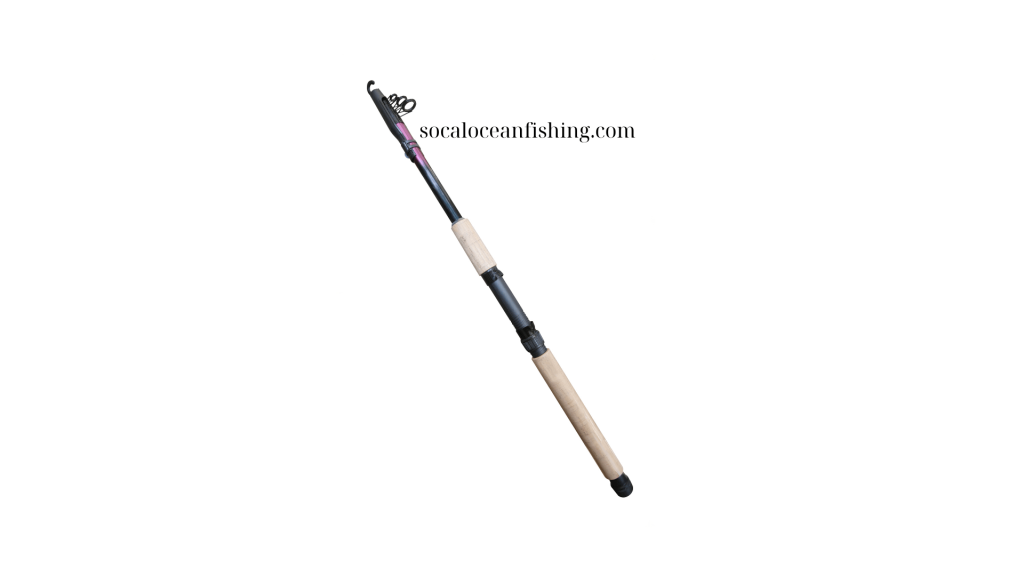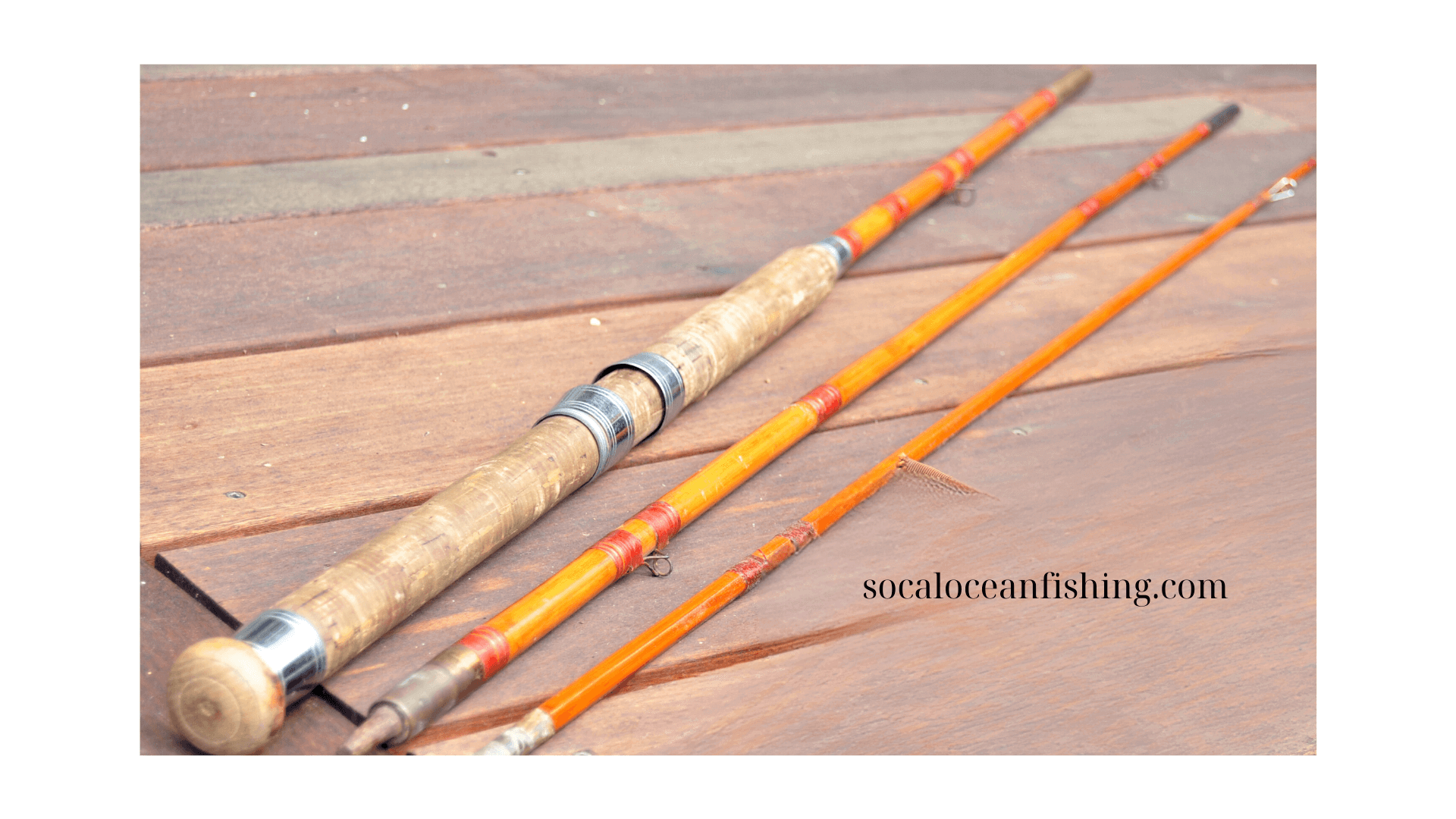A fishing rod plays an essential role in making angling easier, and the material from a simple stick of bamboo or wood to a modern composite carbon pole. Over the years, the evolution of rods has helped anglers have better control of fishing. Let’s cast a line back through time and explore the fascinating journey of the fishing rod.
Contents
- Early Beginnings: A Simple Stick (2000 BC – 14th Century AD)
- The Evolution of Fishing Rod: Specialization and Refinement (14th – 18th Century AD)
- Innovation Of Material: Changing To Modern Material (18th – Early 20th Century AD)
- The 20th Century: The Explosion of Materials And Design (Early 20th Century – Present)
Early Beginnings: A Simple Stick (2000 BC – 14th Century AD)
Back to ancient Egypt and China in 2000 BC, the fishing rod was invented and used in Egypt and China, and similar evidence emerged from Rome to medieval England, Greece, Trinidad, and Tobago, based on stone inscriptions. Recognizing that using bare hands to catch fish was not possible in deep water, the prehistoric invented the fishing hook and line, whose first name hook was “gorge,” and tied on the line. However, this is unpractical because of having less control line and could be cut hands when pulling fish. So that, the simple stick of wooden, which name was “cane poles”, was used to tie a line to catch fish and in use by early civilizations. However, the adjectives that can describe fishing rods in this era include:
- A stick of wood or bamboo: Available woods such as bamboo, hazel, or any light wood are the most suitable materials to make fishing rods. The 6 feet long could create a straight and flexible fishing rod.
- The simplicity: The fishing rod was very basic in design, often a single mismatched rod with minimal geometry.
- The versatility: The fishing rod was versatile as it could be used for bottom fishing by casting a weighted line and hook close to shore or for fishing from a shallow distance by attaching a sharp tip to the tip of the rod.

The Evolution of Fishing Rod: Specialization and Refinement (14th – 18th Century AD)
The 14th century witnessed a shift in fishing, with recreational angling gaining popularity alongside subsistence fishing. People of that time used longer rods, reaching around 4 meters, and crafted from a single piece of wood. This length allowed anglers to cast further and reach deeper waters. A period of refinement of fishing rods was ushered in the 18th century. The fishing rod at that time was jointed with a wooden butt section, and a more flexible bamboo tip emerged. So that it could offer better casting control and responsiveness to anglers.
This innovation allowed for the development of specialized rods for different fish species and angling techniques. Running rings, which reduced friction between the line and the rod, was the next invention as using longer fishing lines to be used and enabled smoother casts and improved line control during fights with feisty fish. The fishing rods between the 14 and 18th centuries could concluded in some words following:
- Changing of length: Longer fishing rod in the 14th century with 4 meters, increasing casting distance to the deeper water.
- Rod design and material: Bamboo material became a popular choice for jointed rods in the 18th century. Mixing the sturdy wooden butt section increased more flexibility for casting density.
- Additioning some supporting: Running ring and reel innovation were completed for the advanced design rod. Rings were to facilitate smoother casts and minimize line damage, and reels were to store longer lengths of line.
Innovation Of Material: Changing To Modern Material (18th – Early 20th Century AD)
The 18th and 19th centuries witnessed a materials innovation. A process of meticulously splitting bamboo stalks, tapering, and gluing them back together, also called split cane, became a popular choice. The special things of these rods were incredibly lightweight, and also offered exceptional strength and flexibility, beside the cons were a labor-intensive and expensive process. Until the late 19th century, the appearance of the material was initially crafted from steel, which could create a rod with strong and durable, heavy, and lacked the sensitivity of split cane. However, they paved the way for future advancements.
The 20th Century: The Explosion of Materials And Design (Early 20th Century – Present)
Fiberglass, which is a lightweight, strong, and relatively inexpensive material, revolutionized the fishing rod industry in the mid-20th century. Balancing affordability, durability, and flexibility is the adjective to describe the fiberglass material, and that appealed to a wider range of anglers.
Graphite, or composite rods, appeared in the half late 20th century. These rods were lighter and even more sensitive than their fiberglass, allowing anglers to feel the subtlest nibbles and fight fish with greater precision. High-performance composite rods, incorporating advanced materials today and manufacturing techniques, dominate the market.

The next topic is 4 main types of fishing rod materials
Conclusion
From its origins as a simple bamboo or wooden stick, the fishing rod has evolved into a tool that reflects human ingenuity and a deep connection with the underwater world in the most sophisticated way. Fishing rods will continue to evolve and change as we continue to fish. And the more it develops, there will be many different products for people to use


